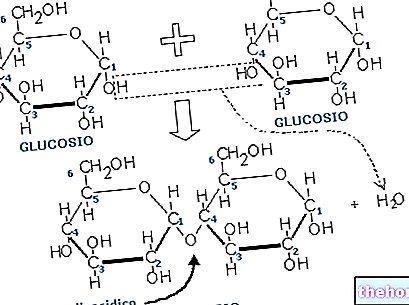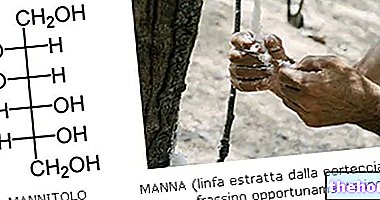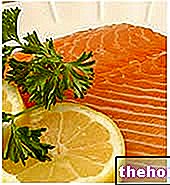Where it is and why it is dangerous
Solanine is a toxic glycoalkaloid present in solanaceae and in particular in potatoes, tomatoes and aubergines. The ingestion of high quantities of solanine causes nervous alterations (drowsiness), haemolysis and irritation of the gastric mucosa. If taken in particularly high doses it can even be fatal.

Its presence is easily identifiable from the appearance of the potato, since the concentration of solanine is proportional to the number of shoots and to the extension of the green parts. Potatoes with an old, wrinkled and spongy appearance contain greater quantities of solanine than new tubers. Even storage, which must always take place in a dark, dry and cool (but not too much) place, has an important influence on the presence of the alkaloid. in the potato.
How to protect yourself from the Solanine risk
Although modest concentrations of solanine do not give any toxicity problems, it is good practice to remove the green parts or use a heavy hand during peeling (the alkaloid is concentrated in the superficial portions). Cooking the food significantly reduces the concentration of the glycoalkaloid in the potato, however when the tuber has several shoots and a deteriorated appearance it is better to avoid its consumption.
In tomatoes and aubergines the solanine content is inversely proportional to the degree of ripeness. As the tomato acquires color and the aubergine reaches the right size, the concentration of solanine decreases more and more. Also in this case, cooking helps to inactivate any alkaloid residues; the same result is obtained with the salting technique under weight, to which aubergines are traditionally subjected before cooking.
If approached correctly, the problem of solanine in food is therefore reduced to very little; for this reason it should not deter consumers from eating precious products such as aubergines, tomatoes and potatoes.


.jpg)

























